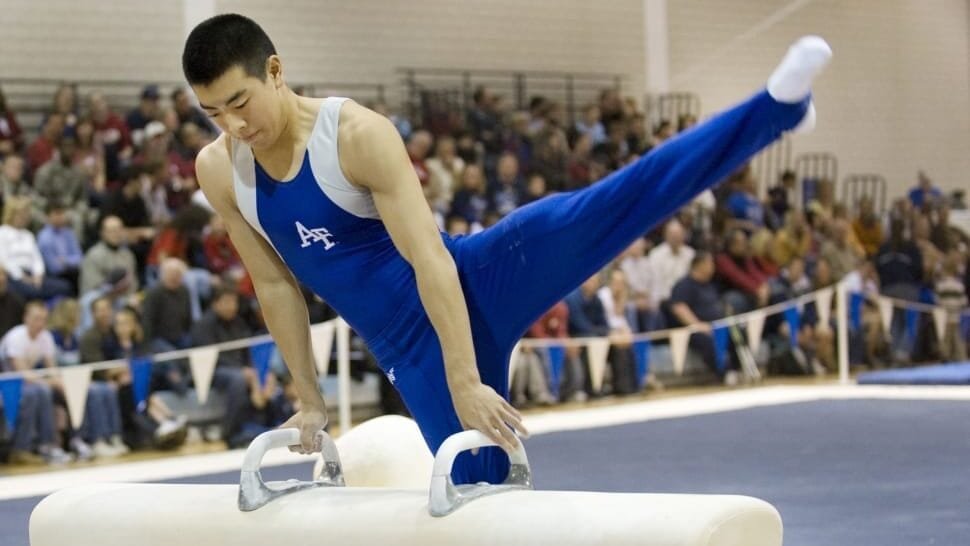Acrobatics
Rules in Sports for Acrobatics
Acrobatics is a captivating sport that blends strength, balance, agility, and artistic expression. Athletes perform impressive routines that involve lifts, flips, balances, and dynamic elements. Like all competitive sports, acrobatics follows a strict set of rules. These rules are essential for safety, fairness, and consistent judging across all competitions. Understanding the rules in sports for acrobatics is crucial for athletes, coaches, and fans alike.
What Are the Rules in Sports for Acrobatics?
In acrobatics, rules vary slightly depending on the discipline, but all share core standards. These include age divisions, scoring systems, routine composition, attire regulations, and safety requirements. By following these rules, athletes can compete on equal footing and minimize the risk of injury.
1. Age and Level Categories
Acrobatic competitions group athletes based on age and skill level. This ensures fair competition and helps judges evaluate routines appropriately. Common age divisions include youth, junior, and senior categories. Skill levels range from beginner to elite, each with its own technical requirements.
2. Routine Requirements
Routines in acrobatics must include a balanced mix of elements:
- Dynamic skills such as throws, catches, and flight moves
- Balance elements like holds, handstands, and pyramids
- Combined movements blending dynamic and balance components
Each category requires a specific number of these elements based on the athlete’s level.
3. Time Limits for Performances
All routines have defined time limits. Most competitive routines last between 2 to 2.5 minutes. Exceeding or falling short of the time limit may lead to point deductions.
4. Scoring System in Acrobatics
Judges score performances in three main areas:
- Execution: Proper technique and clean movements
- Artistry: Creativity, expression, and musicality
- Difficulty: Complexity of the skills performed
Scores from each area are combined to create the final score.
5. Safety Regulations
Safety is a top priority in all acrobatic sports. Athletes must perform on certified equipment such as sprung floors or padded mats. Coaches and spotters are often required during training, especially for younger or less experienced athletes.
6. Dress Code and Presentation
Athletes must wear uniforms that follow the competition’s guidelines. Costumes should be form-fitting and appropriate. Jewelry is not allowed, and hair must be secured neatly. Presentation plays a role in overall impression, which can impact artistic scores.
7. Penalties and Disqualifications
Penalties may occur for:
- Falls or unstable landings
- Going out of bounds
- Missing required elements
- Performing skills above the allowed level
Serious rule violations, like unsafe behavior or ignoring instructions, can lead to disqualification.
Rules in Specific Acrobatics Disciplines
- Acrobatic Gymnastics: Teams of two to four athletes perform routines that combine dance, tumbling, and partner skills. Balance and dynamic routines are key components.
- Tumbling and Trampoline: Athletes perform flips and twists on a trampoline or tumbling track. Precision, height, and control are crucial for high scores.
- Circus Acrobatics: While not always competitive, circus performers follow safety and choreography guidelines to maintain high standards during shows and festivals.
Why Rules Matter in Acrobatics
The rules in sports for acrobatics ensure that all athletes compete safely and fairly. These guidelines create a level playing field, support accurate judging, and reduce injury risks. Whether you’re an aspiring athlete, coach, or fan, understanding these rules can enhance your appreciation of the sport. Acrobatics is not just about physical ability; it’s also about discipline, respect, and adherence to structure—principles that are at the heart of every successful performance.


